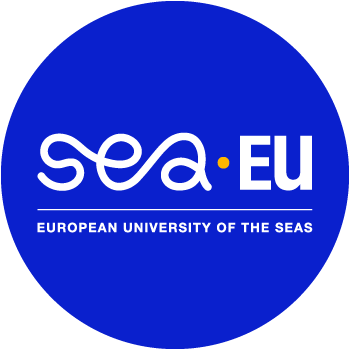
Trehalose-polyamine/DNA nanocomplexes: impact of vector architecture on cell and organ transfection selectivity
Fernando Ortega-Caballero, María L Santana-Armas, Conchita Tros de Ilarduya, Christophe Di Giorgio, Raphäel Tripier, Nathalie Le Bris, Cedric Ollier, Carmen Ortiz Mellet, José M García Fernández, José L Jiménez Blanco, Alejandro Méndez-Ardoy
J. Mater. Chem. B, 2024,12, 3445-3452, DOI: 10.1039/D3TB02889E
A novel family of precision-engineered gene vectors with well-defined structures built on trehalose and trehalose-based macrocycles (cyclotrehalans) comprising linear or cyclic polyamine heads have been synthesized through procedures that exploit click chemistry reactions. The strategy was conceived to enable systematic structural variations and, at the same time, ensuring that enantiomerically pure vectors are obtained. Notably, changes in the molecular architecture translated into topological differences at the nanoscale upon co-assembly with plasmid DNA, especially regarding the presence of regions with short- or long-range internal order as observed by TEM. In vitro and in vivo experiments further evidenced a significant impact on cell and organ transfection selectivity. Altogether, the results highlight the potential of trehalose-polyamine/pDNA nanocomplex monoformulations to achieve targeting transfection without the need for any additional cell- or organ-sorting component.


